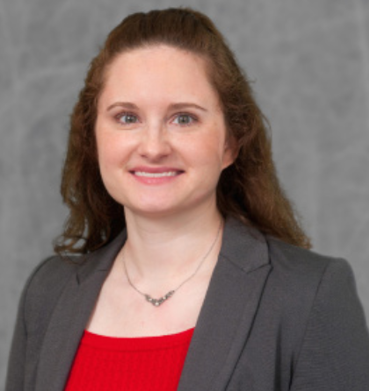What is the High-quality CTE Framework?
July 26, 2019
By Laura G. Maldonado, ECMC Foundation Fellow
 The High-quality CTE Framework, developed by ACTE and released in 2018, describes the components of high-quality CTE programs and provides information on what is considered a high-quality CTE program. The framework is based on research, feedback, and pilot testing and includes perspectives of practitioners, policymakers, and other stakeholders who may have different interpretations of the meaning of high-quality programs. The framework can be used for program improvement, self-evaluation, and professional development. The framework can also serve as a guide for best practices, professional development and self-evaluation. Catherine Imperatore, a Researcher Manager for the Association for Career and Technical Education (ACTE), delivered a webinar to the ECMC Foundation Postsecondary CTE Research Fellows at NC State to discuss the framework.
The High-quality CTE Framework, developed by ACTE and released in 2018, describes the components of high-quality CTE programs and provides information on what is considered a high-quality CTE program. The framework is based on research, feedback, and pilot testing and includes perspectives of practitioners, policymakers, and other stakeholders who may have different interpretations of the meaning of high-quality programs. The framework can be used for program improvement, self-evaluation, and professional development. The framework can also serve as a guide for best practices, professional development and self-evaluation. Catherine Imperatore, a Researcher Manager for the Association for Career and Technical Education (ACTE), delivered a webinar to the ECMC Foundation Postsecondary CTE Research Fellows at NC State to discuss the framework.
How can researchers use the framework?
When conducting quantitative, qualitative and mixed-methods research on the framework and self-evaluation tool, using specific CTE literature is critical. One of the initial findings ACTE discovered when reviewing national frameworks and standards related to CTE during the development of the tool was the lack of specificity in the research base. Research can help both validate and improve the instrument as a mechanism for stakeholder use as well as provide evidence to support practice. Since the tool is relatively new, there are many opportunities for new methods and research projects.
Teacher professional development and technical assistance to improve local CTE program delivery are two areas of expansion for future uses of the tool. CTE educators need professional development and technical support to focus on student learning and standards and be able to respond rapidly to shifts in policies, requirements and technology. One ECMC Foundation Research Fellow has already used the framework tool during a faculty professional development day, where CTE faculty indicated the framework with the instrument was helpful. Future training, online resources, or conference sessions could focus on elements that received lower scores both at the local, state and national levels.
There is especially a need for more postsecondary research on the framework as the majority of schools that have voluntarily submitted the self-evaluation tool are secondary schools. All sixteen ECMC Foundation Research Fellows are working on CTE research projects within postsecondary education. My own research explores career and technical student organizations (CTSOs), which is one of the 12 elements in the framework. Specifically, I will be exploring the experiences of community college students that participate in SkillsUSA as part of my dissertation study over the next six months. Reviewing the CTSO criteria in the self-evaluation tool provides a universal language that could be useful when interviewing and observing students, advisors and alumni. Depending on my research findings, the criteria may also help me brainstorm possible recommendations I could provide the leadership teams at my selected research sites.
Validity research is another area where more research efforts can be concentrated. Hyslop completed her mixed-methods dissertation on the initial validation and utility of the tool, which involved 39 participating programs and follow-up interviews with five participants. However, more validation work is needed, especially with larger samples sizes and a focus on the new Perkins Act (Perkins V) requirements. The Perkins V requires different performance measures that are more consistent across secondary and postsecondary education, which can lead to higher equality data. Examining the tool used by programs at one site, such as at a postsecondary institution, would be interesting as the student population would be the same. Reviewing the criteria organized around the elements will help researchers brainstorm potential topics and focus their research agenda. Here are some research questions Imperatore recommended we consider to improve CTE practice:
- What resources are needed to help address low-performing areas?
- How can findings be better disaggregated?
- Which elements and criteria are the highest and lowest scoring? How do the elements and criteria vary based on education level, program setting, or subject area?
- What is missing that could be helpful for program evaluation?
Want to learn more about the framework?
Researchers, practitioners, and other CTE stakeholders have easy access to the framework and self-evaluation tool as it is free and publicly available both in print and online. ATCE is also developing publications and micro webinars on each of the elements in the coming months.
About the ECMC Foundation Fellow
Laura G. Maldonado is a Ph.D. student in the Educational Leadership, Policy, and Human Development program at North Carolina State University. She is an ECMC Foundation Fellow of the CTE Postsecondary Research Program at NC State – Sponsored by the ECMC Foundation. The program is part of ECMC Foundation’s CTE Leadership Collaborative Initiative.
